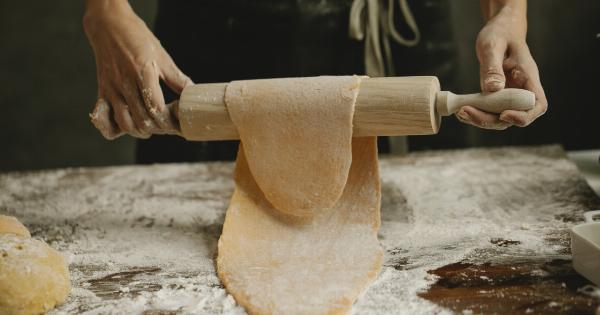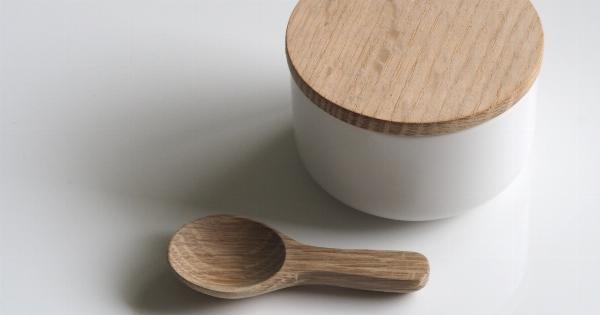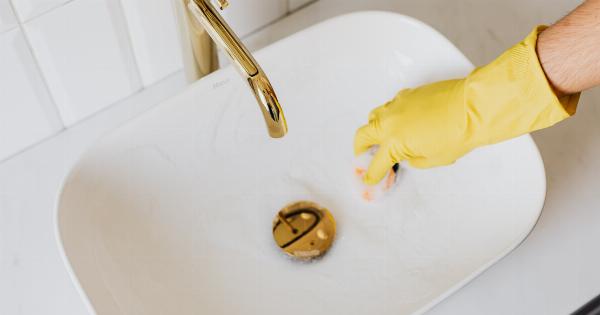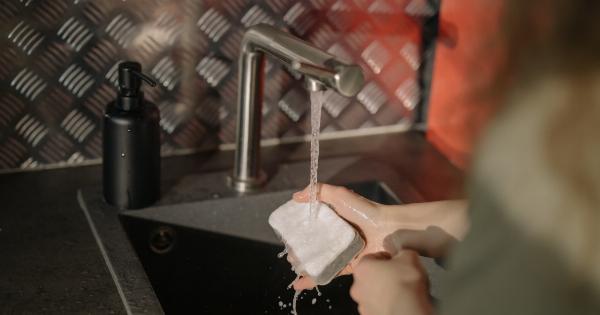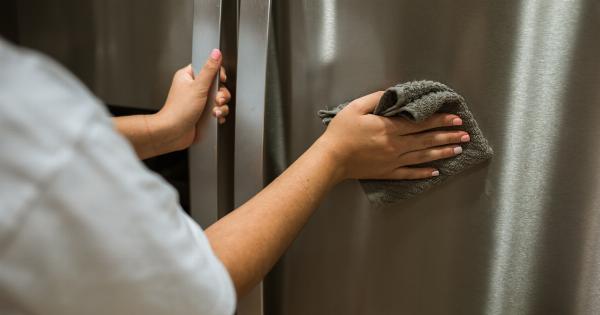Keeping your kitchen clean and hygienic is essential for the overall health and well-being of your household. One often overlooked aspect of kitchen hygiene is the dish sponge.
Over time, sponges can accumulate bacteria and food particles, which is why regular replacement is crucial. In this article, we will explore the importance of replacing your dish sponge and provide you with expert tips to choose and replace your sponge effectively.
Why is it important to replace your dish sponge?
1. Bacterial buildup: Sponges are a breeding ground for bacteria, especially when they are constantly exposed to leftover food particles and moisture. The warm and damp environment of a kitchen is ideal for bacterial growth.
By replacing your dish sponge regularly, you can minimize the risk of cross-contamination and keep your kitchen cleaner.
2. Odor control: Over time, sponges can develop a foul odor due to bacteria and trapped food particles. This unpleasant smell can transfer to your dishes and utensils, compromising the overall cleanliness of your kitchen.
By replacing your sponge, you can ensure the elimination of persistent odors and maintain a fresh-smelling kitchen.
When should you replace your dish sponge?
1. Frequency: Experts recommend replacing your sponge every two to four weeks, depending on usage.
If you notice signs of wear and tear before this timeframe, such as frayed edges or a sponge that no longer retains its shape, it’s best to replace it sooner.
2. Foul odor: If your sponge has a persistent unpleasant smell, even after thorough cleaning, it’s a clear indication that it’s time for a replacement.
3. Visible signs of dirt and grime: Inspect your dish sponge regularly for visible signs of dirt, food particles, or discoloration. If you find that it’s difficult to remove these stains even after cleaning, it’s time to invest in a new one.
Choosing the right dish sponge
1. Material: Dish sponges are available in various materials such as cellulose, natural fibers, and synthetic materials. Consider your personal preferences and cleaning needs before selecting the material.
Natural fiber sponges are eco-friendly, while synthetic sponges tend to be more durable.
2. Scrubbing power: Different sponges offer varying levels of scrubbing power. Some have a softer texture, making them ideal for delicate dishes and non-stick pans, while others have a rougher texture for tougher cleaning tasks.
Assess your cleaning requirements and choose a sponge accordingly.
3. Anti-bacterial properties: To further enhance hygiene in your kitchen, opt for a dish sponge with anti-bacterial properties. These sponges are designed to inhibit the growth of bacteria, reducing the risk of contamination.
How to replace your dish sponge effectively
1. Remove the old sponge: Start by removing the old sponge from your dishwashing wand or sponge holder. If you primarily use a dishcloth, dispose of the old sponge in a separate trash bag.
2. Clean the holder or wand: Before inserting the new sponge, clean and sanitize the holder or dishwashing wand thoroughly. This step ensures that your new sponge starts on a clean and hygienic surface.
3. Choose the right replacement: Select a new sponge that meets your preferences and cleaning needs. Take into consideration the material, scrubbing power, and anti-bacterial properties mentioned earlier.
4. Rinse the new sponge: Give the new sponge a quick rinse to remove any packaging residue or loose particles. This step ensures that your new sponge is ready for use.
5. Insert the new sponge: Insert the new sponge into your dishwashing wand or sponge holder, making sure it fits securely.
6. Proper storage: After each use, rinse your dish sponge thoroughly and allow it to air dry in a well-ventilated area. Avoid leaving it in a damp and enclosed space, as this can promote bacterial growth.
7. Regular cleaning: To prolong the lifespan of your sponge and maintain its cleanliness, make it a habit to clean it regularly. You can do this by soaking it in a mixture of warm water and dish soap, or by running it through the dishwasher.
Conclusion
Replacing your dish sponge is a crucial step in maintaining a clean and hygienic kitchen.
By following the recommended replacement timeline and considering key factors when choosing a new sponge, you can ensure effective cleaning and reduce the risk of bacterial contamination. Remember to clean and store your sponge properly to maximize its lifespan and maintain its efficacy. By prioritizing the replacement of your dish sponge, you are taking an important step towards a healthier kitchen environment.







